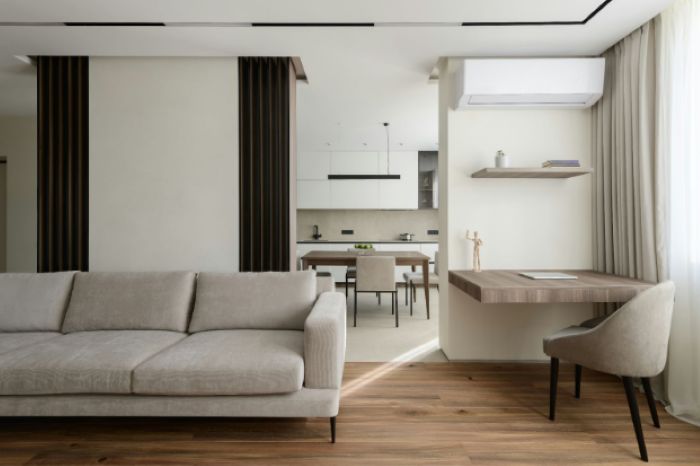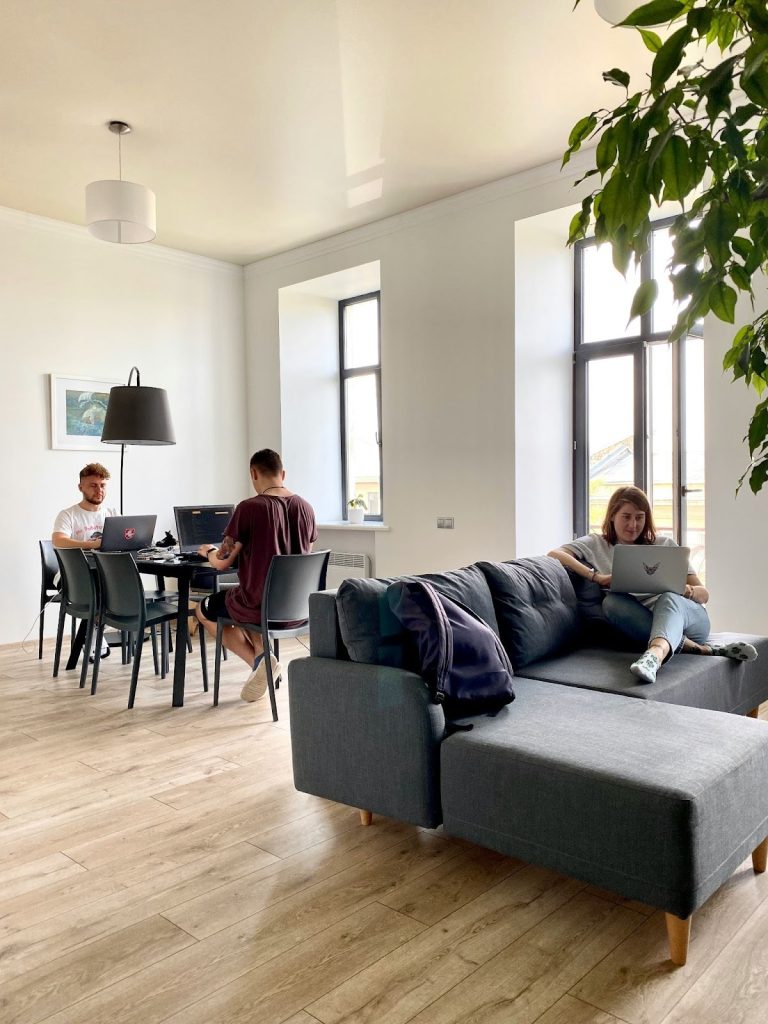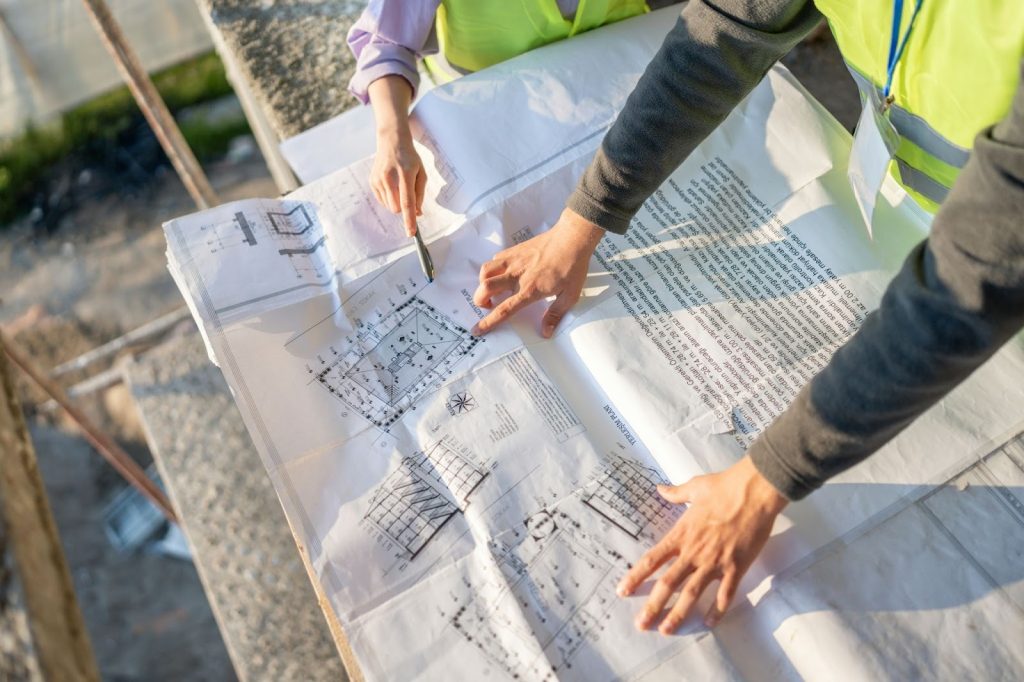The American housing landscape is undergoing one of its most significant transformations in decades, driven by affordability challenges, shifting work patterns, and rapid advancements in housing innovation. In 2025, co-living spaces have emerged as forward-thinking solutions that blends technology, community, and flexible design into a modern housing model that appeals to a wide range of Americans. What was once considered a niche option for young professionals has expanded into a scalable strategy for cities, developers, and homeowners seeking smarter ways to use space and meet rising demand.
Across the United States, co-living is being shaped by new construction methods, adaptive reuse projects, ADU integration, wellness-focused architecture, and tech-enabled property management. As economic pressures and cultural shifts reshape how people want to live, co-living offers a compelling answer: a housing format that is more affordable, more connected, and more adaptable than traditional rentals or single-family homes. This article explores how co-living has evolved, who it benefits, and why it is positioned to redefine the future of housing in the USA.
Key Takeaways
- Co-living is transforming the American housing landscape by offering affordability, community, and flexibility.
- In 2025, co-living appeals to a broad range of residents, including young professionals, remote workers, and older adults.
- Cities and developers embrace co-living to address housing shortages, repurpose vacant buildings, and meet zoning reforms.
- Design trends focus on smart technology, wellness-driven environments, and privacy in shared living.
- Co-living is positioned to reshape housing in the U.S. by meeting the needs of diverse communities and adapting to cultural shifts.
Table of contents
- What Co-Living Spaces Actually Means Today
- Housing Affordability and the Rise of Co-Living Spaces
- Design Trends Powering Co-Living Spaces in 2025
- Co-Living vs ADUs: How Smaller Units Fit into the Future of Housing
- Conversions: Turning Existing Properties into Co-Living Spaces
- Investing in Co-Living Spaces: What Homeowners and Builders Need to Know
- The Future of Co-Living in the United States
- Conclusion: Co-Living Is Shaping the Next Era of American Housing
What Co-Living Spaces Actually Means Today
A Shift from Traditional Shared Housing
Co-living goes far beyond the traditional model of renting a room in a shared apartment. Instead, it is built on intentional community design, flexibility, and lifestyle convenience. Residents typically enjoy private bedrooms combined with shared kitchens, lounges, workspaces, and amenities. Most co-living units come fully furnished and include utilities, internet, and maintenance bundled into one predictable monthly cost, reducing the complexity of independent renting.
This model appeals to people seeking community and financial flexibility without sacrificing comfort or stability.
Who Co-Living Spaces Appeal To in 2025

While co-living once catered primarily to 20-something urban professionals, the 2025 market is much broader. Single adults in their 30s and 40s increasingly choose co-living for simplicity and community. Remote workers enjoy the built-in office amenities and social structure. Older adults living alone find co-living reduces isolation while still allowing personal privacy. Even extended families are experimenting with shared-living models to reduce costs and stay connected across generations.
Co-living is no longer for one type of resident—it is for anyone who values connection, affordability, and flexibility.
Why Cities and Developers Are Embracing It
In 2025, cities across the country are exploring co-living spaces as a strategic response to housing shortages. Developers are repurposing unused commercial buildings, especially vacant offices left behind by the shift to hybrid work. Zoning reforms in parts of California, Colorado, and Washington support shared housing models as long as safety and occupancy standards are met. Co-living helps cities increase density without requiring large-scale redevelopment or high-rise construction.

Housing Affordability and the Rise of Co-Living Spaces
The Housing Crisis: How We Got Here
The U.S. housing market has faced significant pressure over the past decade. Rising interest rates, construction labor shortages, and regulatory hurdles have made new housing difficult and expensive to build. As demand continues to outpace supply, rental and home prices have soared across major metropolitan areas. Many Americans find themselves priced out of traditional housing, even with strong incomes.
Co-living offers a flexible and more affordable path forward.
Why Co-Living Is a Practical Solution for Many Americans
Co-living reduces costs by spreading shared expenses across multiple residents. Utilities, furniture, common spaces, and amenities are included, meaning individuals pay for what they actually use. For people who want to live in walkable areas, near job hubs, or in popular cities, co-living provides an accessible alternative to paying full rent alone.
With fewer long-term commitments and the ability to adapt quickly to life changes, co-living fits the economic reality of 2025.
Design Trends Powering Co-Living Spaces in 2025
Smart Homes and Tech-Enabled Living
Technology sits at the center of modern co-living design. Smart locks, app-based communication, automated maintenance requests, and community management platforms create seamless experiences for residents. Dedicated work areas with high-speed internet reflect the realities of remote and hybrid work culture.
Wellness-Driven Design
Wellness is equally important. Developers are prioritizing natural light, outdoor common areas, fitness facilities, and quiet zones for relaxation. Architectural layouts are centered around human behavior: where people gather, how they socialize, and what makes a space feel safe and comfortable.
Privacy in Shared Living: New Architectural Approaches
Privacy is a key factor in the success of co-living. In 2025, designs include soundproofed bedrooms, micro-suites, built-in storage pods, and thoughtful circulation patterns that minimize noise. Some properties offer semi-private studio-style rooms with shared kitchens and lounges—allowing for both independence and community.

Co-Living vs ADUs: How Smaller Units Fit into the Future of Housing
Accessory dwelling units (ADUs) have become an important piece of the modern housing puzzle. They provide homeowners with additional living spaces that can function as rentals, family suites, or independent micro-homes—making them compatible with co-living models.
As cities encourage small-scale development to expand housing access, more homeowners are exploring the potential of ADUs on their properties. Many rely on experienced professionals such as an ADU Builder to design, build, or convert small units that align with local zoning and meet the needs of shared-living communities.
Why ADUs Play a Major Role in 2025 Housing Trends
ADUs offer multigenerational housing options, income potential, and flexible arrangements that support extended families or small co-living clusters. These units help cities add density without disrupting neighborhood character.
Integrating ADUs Into Co-Living Models
By combining multiple ADUs with shared outdoor or indoor spaces, homeowners can create small-scale co-living spaces and environments on a single lot. This approach is especially popular in West Coast states where land is limited and demand for flexible living is high.

Conversions: Turning Existing Properties into Co-Living Spaces
Office-to-Housing Conversions
The post-pandemic shift toward remote work left many office buildings underused. Developers are transforming these spaces into co-living residences with shared lounges, coworking areas, and community amenities. Open floor plans and large windows make office buildings well-suited for conversion into social, modern living environments.
Large Single-Family Homes Becoming Shared-Living Homes
Across the country, oversized single-family homes—especially those built in the 1990s and early 2000s—are being reimagined as co-living properties. With strategic redesigns, these homes can accommodate multiple unrelated adults through separate suites, improved privacy layouts, and expanded communal spaces.
Investing in Co-Living Spaces: What Homeowners and Builders Need to Know
Co-living is not only a housing trend; it is also an emerging investment model. Homeowners, small developers, and property investors are exploring how to create shared-living units that produce stable income and accommodate shifting housing preferences.
For homeowners exploring long-term housing opportunities, working with a trusted Golden State ADUs company can provide clarity on how modular units, ADU additions, or property reconfigurations can support co-living–style rental strategies.
Financial Benefits of Co-Living
Co-living often brings higher rent per square foot compared to traditional rentals. Shared-living units tend to have lower vacancy rates and longer average tenant stays, especially in cities where affordability is a concern.
Regulatory Considerations in the U.S.
Permitting requirements vary widely by region. Some cities allow co-living as long as safety standards are met, while others place restrictions on unrelated adults living together. As more cities update zoning regulations to address housing shortages, co-living is gaining support as a practical solution.

The Future of Co-Living in the United States
How Co-Living Spaces Will Evolve Over the Next Five Years
Looking ahead, co-living is expected to expand beyond major coastal metros into mid-size and smaller cities. More developers are adopting hybrid models combining co-living, coworking, and community amenities. Micro-units, modular construction, and eco-friendly materials will further shape the sector.
Long-Term Cultural Shifts Driving the Trend
The desire for connection, the rise of remote work, the decline of traditional household structures, and growing interest in community-centric living will continue to drive demand for co-living. With loneliness and isolation becoming recognized public health issues, co-living offers an attractive balance of privacy and community.
Conclusion: Co-Living Is Shaping the Next Era of American Housing
Co-living is more than a response to rising housing costs—it reflects broader cultural and economic shifts in the United States. As more Americans prioritize flexibility, community, and financial sustainability, co-living provides a realistic path forward. Whether through dedicated co-living developments, ADU enhancements, or conversions of existing homes, this housing model is redefining how people live and connect.
For homeowners, builders, and investors, understanding the growth of co-living spaces in 2025 is key to participating in the next chapter of American housing.











